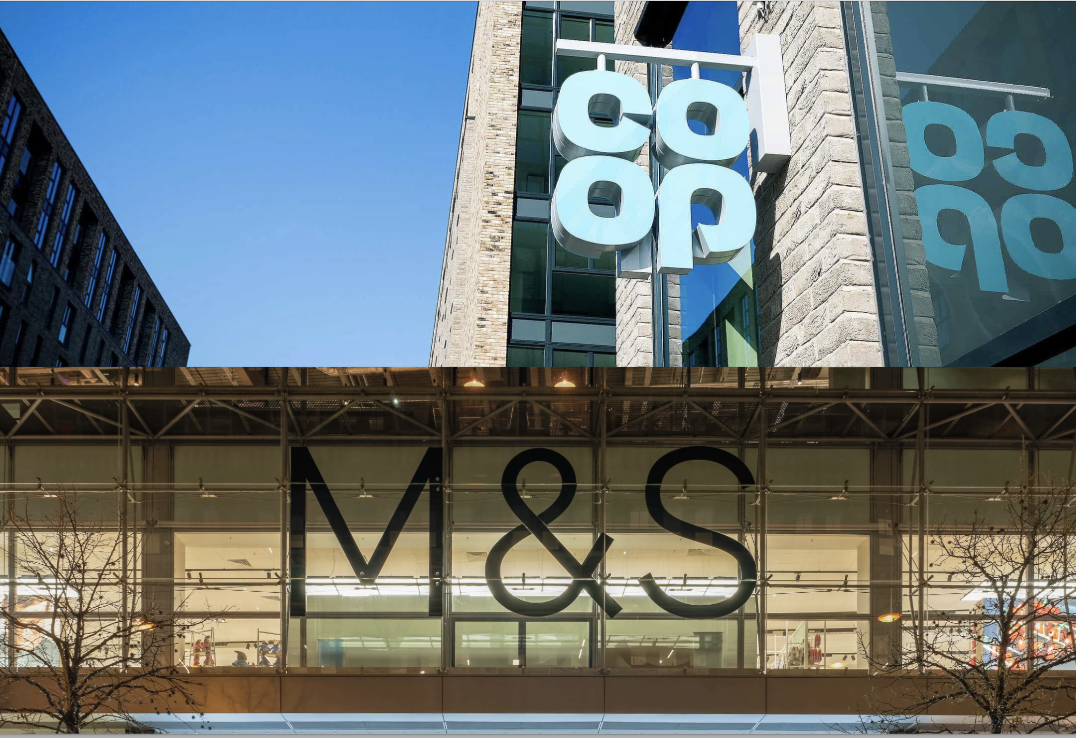Michael Norton, Managing Director of PayPoint.net looks ahead at the payment methods that we’ll be becoming more familiar with over the next decade as well as the new sales channels that will be available to retailers
Originally e-commerce was just about establishing a website and subsequently driving traffic to it. Many companies, like Amazon and ASOS, have built successful businesses off the back of this approach and have become recognised household names. However, the circumstances are changing again. This time, the disruptive forces are mobile devices and social networks. Spending via mobile phones is expected to top £275m in the next few years, while selling via the likes of Facebook could reach $30 billion by 2015.
While still representing only a fraction of UK retail spend, these phenomena offer clues as to how we may be paying in the next decade and will shape interactions between consumers and retailers. However, the big issue for retailers is how they will manage the new risks associated with taking payments via these new channels as fraudsters also look to exploit them.
As the number of consumers owning smartphones grows, so does the demand for accessing services such as online shopping through handsets. In 2010, UK mobile sites experienced an average increase in traffic of 300% over the Christmas weekend alone. Brands looking to exploit this new avenue should be aware that there are three different options to consider when it comes to mobile commerce:
• Optimising your existing website for viewing on a mobile device. This approach costs the least and gives customers access to the entire retail site
• In addition,, apps can be used to drive sales. For the most part, this means ‘footfall driver’ apps, which are more for browsing and encourage traffic to be driven either to the e-commerce site or the physical store. This has been developed well by H&M in an app which gives the user offers and discounts when the handset is shaken. However some retailers such as Oasis have developed an offering which allows for payment via the app.
• Lastly, location-based marketing can be used by some brands, such as Starbucks, via an app. This means companies can locate users via their smartphone, offering discounts and also a means to pay
Apps are not the be all and end all, in most cases they are better placed to push information on products and to encourage spending via another channel – either in the physical store or via the e-commerce website. For many retailers looking to drive ‘passing trade’ through the mobile channel, a mobile optimised site with a ‘one click’ pre-registration system for customers may be the most cost-effective way forward.
Apps and mobile commerce sites can be costly to develop so brands do need to ensure that the demand is there before making any investment. In the app rich future, to be a success a retail app will have to be as easy and intuitive to use as existing channels such as shopping on an online site through a computer. Retailers also need to consider the risk factors associated with mobile commerce. Mobile fraud is as yet poorly understood, and risk management is more complex than conventional e-commerce, with tools such as IP tracking and IP geolocation less accurate or meaningful.
Either way, retailers with mobile offerings need to prepare themselves to field considerably more fraud chargeback requests than they may be used to. Additional security controls like 3DSecure are not properly tailored for the mobile payment experience, and Merchants may therefore choose not to use them, increasing the balance of riskier transactions to legitimate ones. Indeed, Gartner research has described adequate mobile fraud management strategies as ‘imperative’ for any retailers making serious in-roads into mCommerce.
Social networking sites, offer a different type of opportunity – the ability to build conversations with customers, and develop these into lucrative relationships. The average time spent on Facebook now stands at 55 minutes a day, representing a huge opportunity for brands who play their cards right. Facebook itself is responding having launched its own system of credits for consumers, a virtual currency that enables people to purchase items via the Facebook Platform. fCommerce seems to be the next logical step. While the majority of Facebook shops exist only in the US, the phenomenon is crossing the pond, with fashion brands taking the lead and trading via this platform. Recently, ASOS and French Connection announced their intentions to set up some of the first Facebook shops in the UK.
It is a reasonable assumption that as social media and retail become more aligned and consumers want to access these services through mobile devices, payments via mobile billing could well become a natural step. It is at this point that mobile phone operators will have the opportunity to become more involved in the payments process; potentially limiting payment methods and charging higher commissions. With a number of different mobile phone networks, this could become costly for retailers as they seek to do business in this way and these types of payments create more siloes of money coming into the business. It will be essential for retailers to have a real time view of the payments coming in or out of their business across all of the new avenues that can sit in one place.
Although by nature retailers are risk averse so it is unlikely mCommerce and fCommerce will be widely used until both customers and retailers feel comfortable with the security behind them. In fact research found that 73% of people wouldn’t buy physical items through social media sites because of concerns about security and privacy. For this reason, paying in cash for goods purchased online, as old as money itself, could become increasingly popular. While retailers must opt-in to such schemes, they bring with them zero risk of fraud or repudiation: PayPoint.net’s own PayCash scheme uses the PayPoint network of payment terminals to process cash payments for ecommerce retailers – all the customer needs to provide is a confirmation code, the cash and the purchase is dispatched to the customer.
Whichever options brands decide to offer in terms of payment the one thing they need to keep an eye on is where the money is coming in. It is clear that the growth of online shopping is showing no signs of slowing down and brands need to keep up.
Consumers now expect to be able to interact with a brand via different channels and to be offered a route straight to payment. However, brands need to balance the return on investment with mCommerce and fCommerce while minimising the risks to be successful. If they get the balance right they have every chance of being a success with the 2010s consumer.








